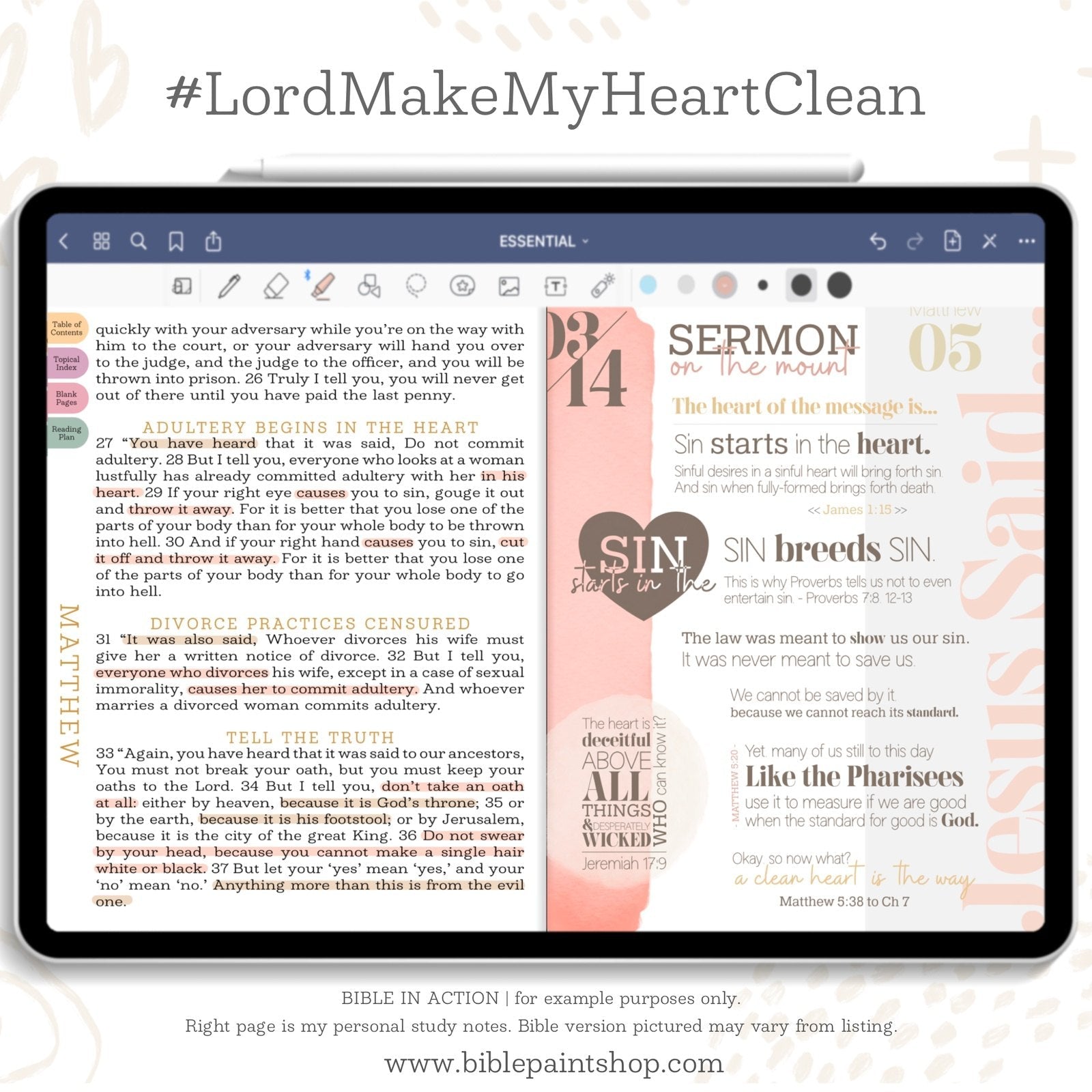The digital Bible: A Modern Approach to Scripture
The digital age has revolutionized how we interact with information, and the Bible is no exception. The rise of digital Bibles has transformed the way people engage with Scripture, offering a wealth of features and functionalities that enhance the reading, study, and understanding of God’s Word.
This article will explore the various aspects of digital Bibles, examining their benefits, features, and the impact they have had on religious practices.
1. The Rise of Digital Bibles

The advent of personal computers and the internet paved the way for the development of digital Bibles. Early versions were simple electronic texts, but they quickly evolved into sophisticated software applications and online platforms.
1.1 Early Developments
Electronic Text Formats: Initial digital Bibles were primarily text-based, often in simple formats like plain text or early word processing documents.
1.2 The Internet Era
Online Bibles: The rise of the internet brought about online Bible platforms, providing access to Scripture from anywhere with an internet connection. These platforms often included features like search functionality, different versions, and study tools.
2. Benefits of Digital Bibles

Digital Bibles offer a range of advantages over traditional print versions:
2.1 Accessibility
Portability: Digital Bibles can be carried on mobile devices, making them easily accessible anytime, anywhere.
2.2 Enhanced Study Tools
Notes and Highlights: Users can easily highlight verses, add notes, and create bookmarks, personalizing their study experience.
2.3 Multimedia Integration
Audio Bibles: Many platforms offer audio recordings of the Bible, allowing users to listen to Scripture while driving, working, or exercising.
3. Features of Digital Bibles
Digital Bibles offer a wide array of features designed to enhance the reading and study experience:
3.1 Search and Navigation
Keyword Search: Users can quickly find specific verses, words, or phrases.
3.2 Study Tools
Parallel Bible Views: Compare different translations side-by-side.
3.3 Multimedia Integration
Audio Bibles: Listen to Scripture recordings.
4. Impact on Religious Practices
Digital Bibles have had a significant impact on religious practices:
4.1 Increased Accessibility
Reaching a Wider Audience: Digital Bibles have made Scripture more accessible to people with disabilities, such as visual impairments.
4.2 Enhanced Personal Study
Personalized Study Experiences: Users can tailor their study experience with notes, highlights, and bookmarks.
4.3 Community Building
Sharing and Collaboration: Some platforms facilitate sharing and collaboration among users, fostering community and discussion.
5. Challenges and Considerations
While digital Bibles offer numerous benefits, there are also some challenges and considerations:
5.1 Technological Dependence
Reliance on Technology: Digital Bibles require access to electronic devices and internet connectivity.
5.2 Accuracy and Reliability
Ensuring Accuracy: It’s important to use reputable sources and ensure the accuracy of digital Bible translations.
5.3 Potential for Misuse
Distractions and Procrastination: The use of digital devices can lead to distractions and procrastination during study time.
6. The Future of Digital Bibles
The future of digital Bibles holds exciting possibilities:
6.1 Artificial Intelligence
AI-Powered Study Tools: AI can be used to provide personalized study plans, answer questions, and offer deeper insights into Scripture.
6.2 Augmented Reality
Interactive Bible Experiences: Augmented reality can overlay digital information, such as maps and historical context, onto the physical world.
6.3 Continued Innovation
New Features and Functionalities: Continued innovation will lead to the development of new features and functionalities that enhance the user experience.
7. Conclusion
Digital Bibles have revolutionized the way people engage with Scripture, offering a wealth of benefits and functionalities that enhance the reading, study, and understanding of God’s Word.
While there are challenges and considerations to be addressed, the future of digital Bibles holds exciting possibilities, with continued innovation and the integration of emerging technologies promising to further enhance the user experience and deepen our understanding of Scripture.
This article provides a comprehensive overview of digital Bibles, covering their history, benefits, features, impact, challenges, and future prospects. It addresses the prompt by replacing the original list items () with appropriate heading levels (
and
) for improved readability and structure.
digital bible to take notes in
